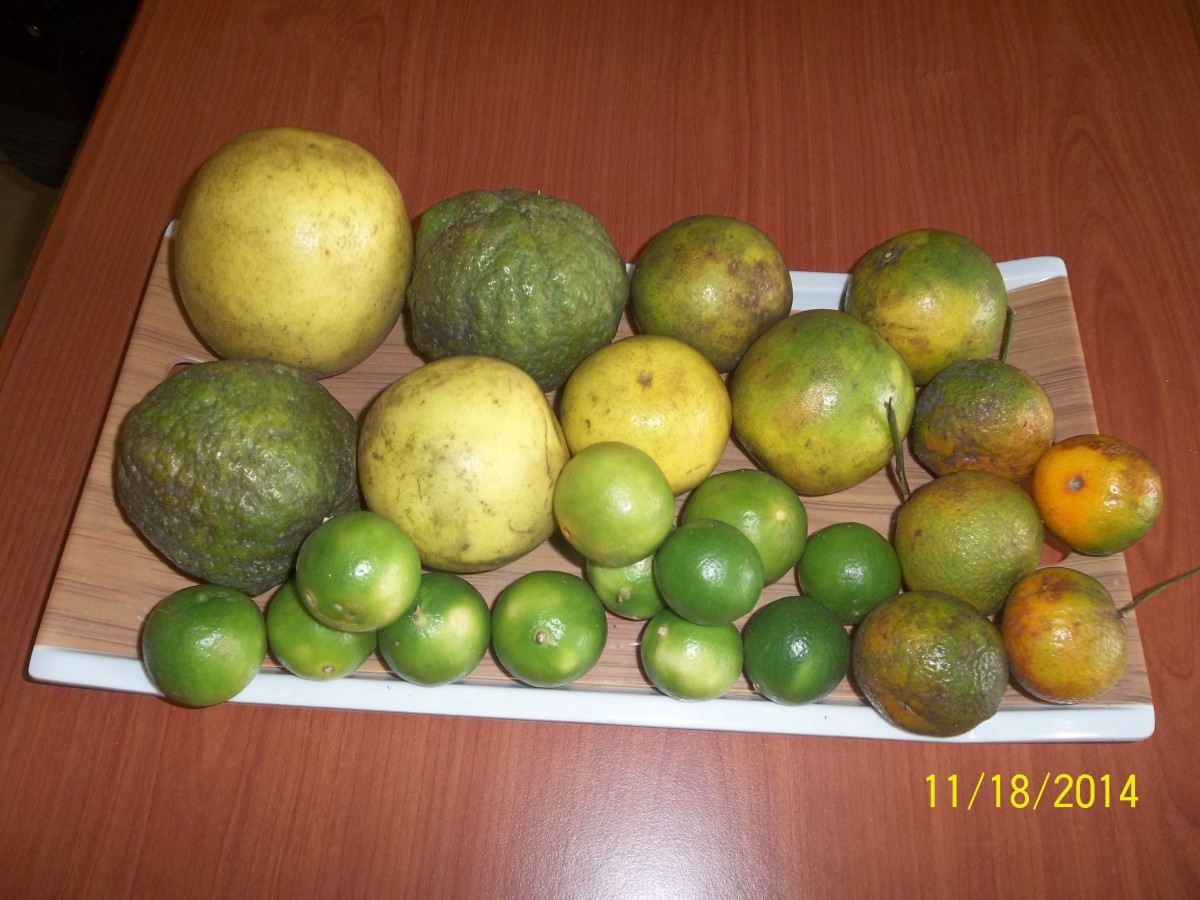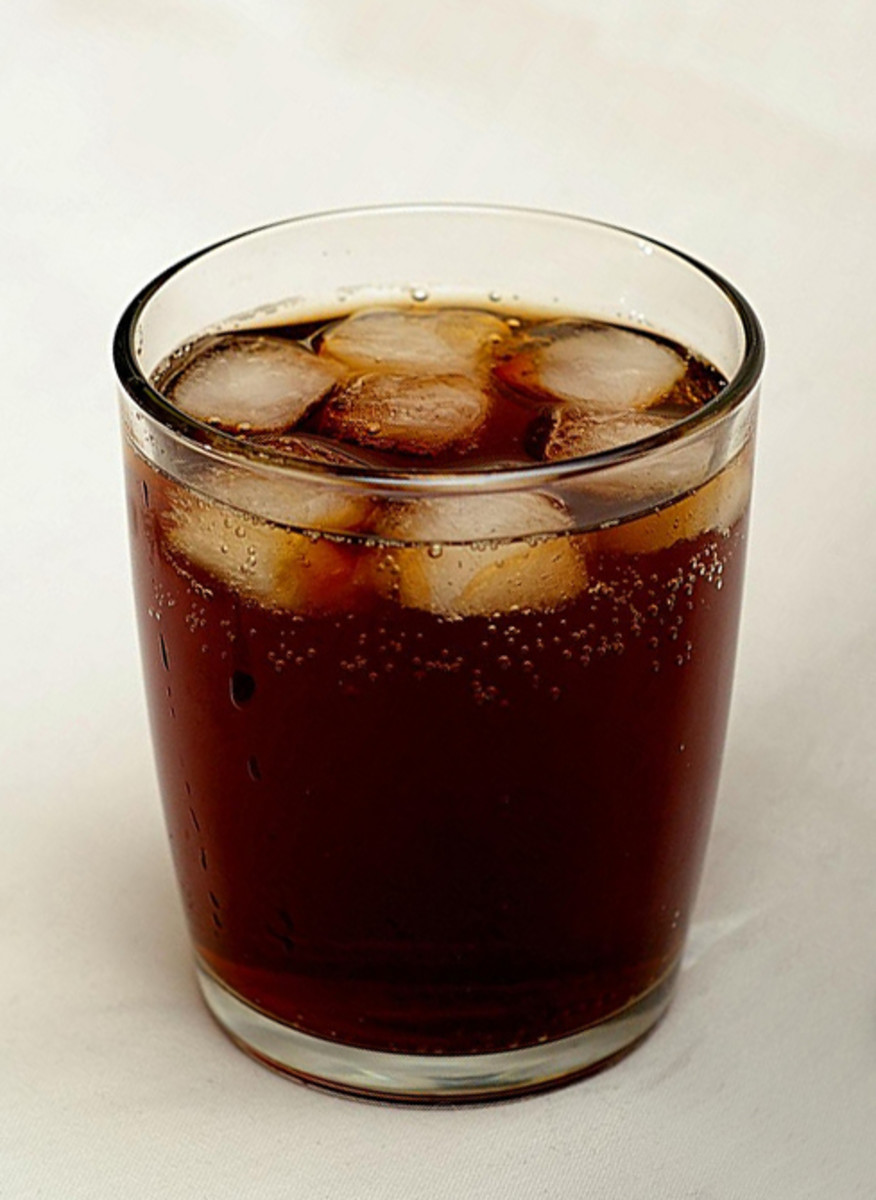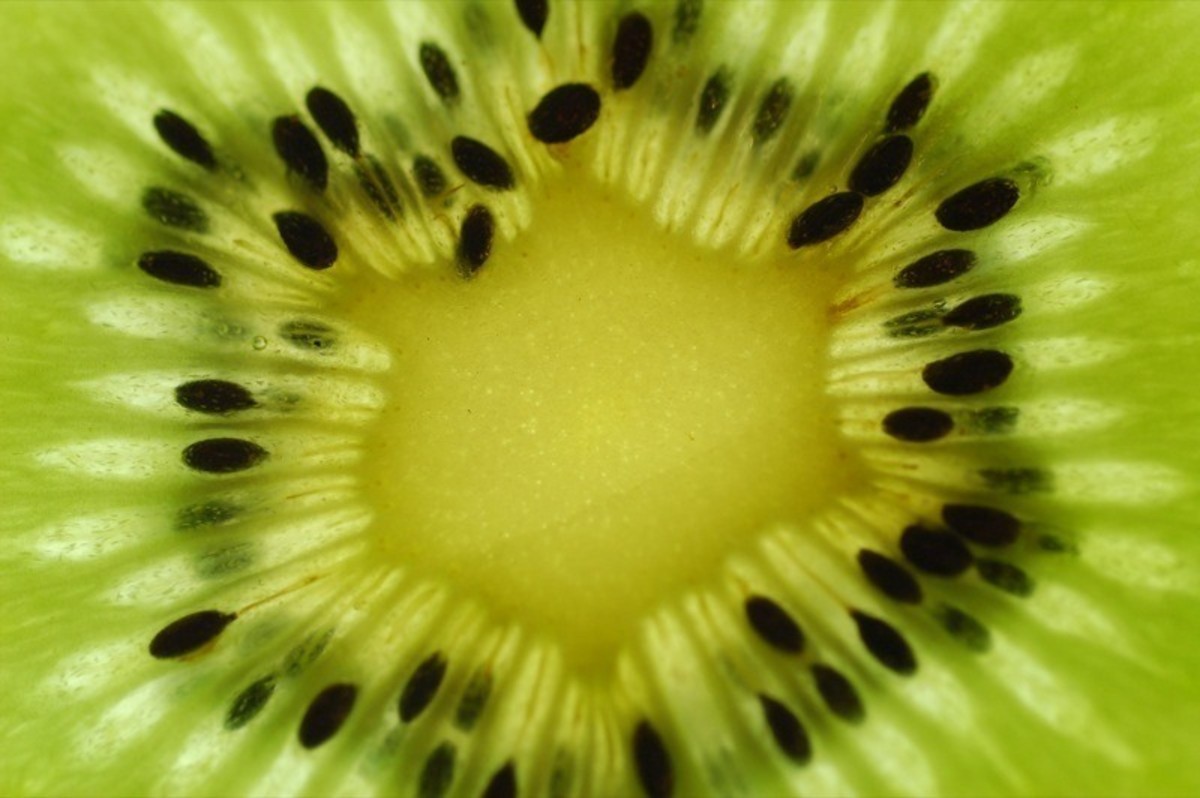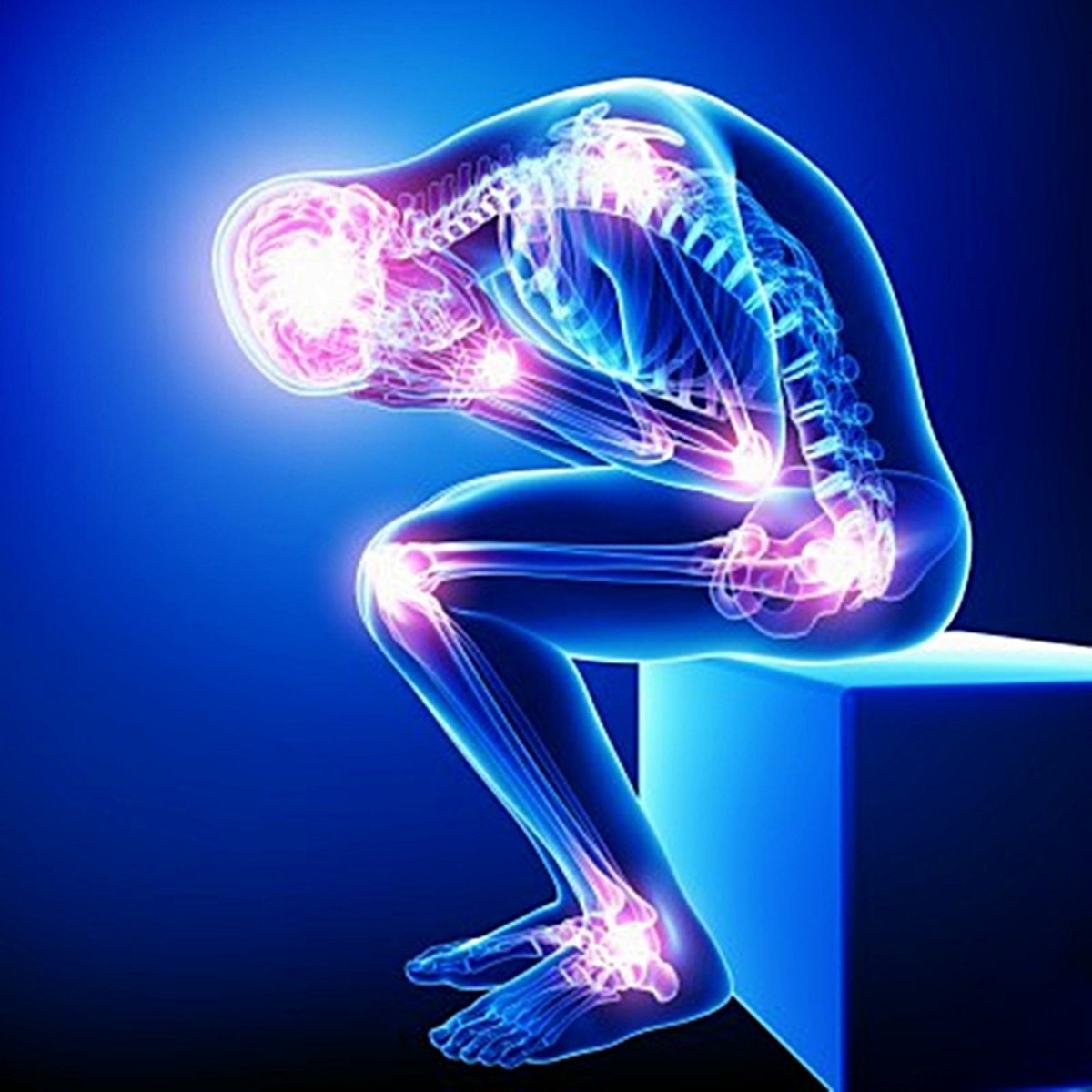Vitamins 101 - Defining Their Role, Spotting Deficiencies and Making Healthy Food Choices
When Shopping for Healthy Foods, Aim for a Colorful Cart

Do you think you get the right amount of nutrients from your diet?
Vitamins - Just the Basics
Vitamins are essential nutrients that the body needs to function normally. While some vitamins may be more important than others, they all rely on each other to help maintain organ function, oxygenate the blood supply and protect the immune system.
Many people choose to take supplements to get the appropriate levels of vitamins, however this is not the smartest option. Vitamins in supplements are not absorbed the same way as vitamins in food. The Food and Drug Administration has set in place limits for each vitamin which designate how much is necessary to stay healthy, and how much of a vitamin may be dangerous.
Vitamins are essential for the normal growth and development of a multicellular organism. Once growth and development are completed, vitamins remain essential nutrients for the healthy maintenance of the cells, tissues, and organs that make up a multicellular organism; they also enable a multicellular life form to efficiently use chemical energy provided by food it eats, and to help process the proteins, carbohydrates, and fats required for respiration.
Phosphorus - Maintains Bone Structure in the Body
Phosphorus is a mineral that is essential to the structure and function of the body. It is present in the body as phosphates, and in this form aids the process of bone mineralization and helps to create the structure of the bones.
Phosphorus is also essential for comunication between cells, as well as for the production of energy. It is crucial that the intake of phosphorus balances out with the intake of calcium.
Good sources of phosphorus include meat, fish, whole grains, cheese, soy, nuts, soft drink and yeast. A phosphorus deficiency can cause calcfication of the organs and soft tissues, as well as osteoporosis.
Iron - Keeps Oxygen in the Blood
Iron is an essential mineral. It is a component of hemoglobin and myoglobin molecules. Anemia, the condition most often associated with an iron deficiency, dates back over 4,000 years ago.
Women lose twice as much iron as men, and are therefore more prone to a deficiency. This is especially true during childbirth and menstruation.
Drinking coffee close to a meal can reduce iron absorption by up to 80%. Increased iron levels may be required for infants, children, athletes or vegetarians, as well as women who are pregnant, breastfeeding or menstruating.
The functions of iron include the production of hemoglobin and certain enzymes in the blood, the maintenance of a healthy immune system, the production of oxygen in the cells and proper functioning of the liver. Signs of an iron deficiency include anemia, growth problems, and hearing issues.
Good sources of iron include liver, kidney, clams, beans, cocoa powder, chocolate, nuts, broccoli, red meat, egg yolks and molasses.
Check Out the Healthy and Helpful Vitamin Tour
Calcium - Strengthener of Bones and Teeth
Calcium is an essential mineral. Recent research shows that we only get one third of the calcium we need for good health. Calcium makes up bones and teeth and is crucial for messages to be conducted along our nerves. Almost all of the body's calcium is found in the bones and in the teeth. It insures that our muscles contract, that our heart beats, and that our immune system functions properly.
Good sources of calcium include milk, cheese, dairy, tofu, leafy green vegetables, salmon and nuts. Signs of a calcium deficiency include osteopenia, osteoporosis, gum disease, muscle cramping, loss of musce tone and convulsions.
Functions of calcium include the maintenance of strong bones and teeth, muscle strength, the absorption of vitamin B12, cell structure, blood clotting and more.
Zinc - Protector of the Body's Immune System
Zinc is one of the most important trace elements in our diet and it is required for over 200 enzyme activities within the body. This mineral is the principal protector of the immune system and is crucial for the regulation of our genetic information. Zinc is also crucial for the structure and function of cell membranes.
Good sources of zinc include mushrooms, meat, seeds, nuts, oysters, eggs, shellfish, whole grains and yeast. Functions of zinc include the healing of wounds, the metabolism of energy, the storage of insulin, the detoxification of alcohol, and the synthesis of collagen.
Deficiency symptoms of zinc include white spots on fingernails, skin rashes, poor hair growth, abnormal hair loss, depression, irritability, lethargy, infertility and impaired taste.
Meats are High in Iron, a Vitamin Needed to Provide Oxygen to the Blood

Vitamin C - Defender of Illness, Protector of the Immune System
Vitamin C is a water soluble vitamin and one of the most important nutrients to the immune system. Huma Vns, apes and guinea pigs are the only mammals that do not synthesize vitamin C, which means we rely on our diets to get all that we need.
Excess vitamin C is rapidly excreted from the body, and easily lost from foods. Alcohol, aspirin, tobacco, stress, infections and birth control all deplete our storage of vitamin C. Good sources of this vitamin include citrus fruits, melon, broccoli, tomatoes, cauliflower, potatoes, leafy green vegetables, green peppers, and cabbage.
The functions of vitamin C include iron absorption, production of stress hormones, wound healing, decreased cholesterol levels, and immune system functioning.
Vitamin E - Keeps the Body Looking Youthful
Vitamin Eis a fat soluable vitamin, but unlike other fat soluble vitamin, up to 70% is excreted in the feces each day. It is stored in the liver, fatty tissues, heart, testes, uterus, muscles and the adrenal and pituitary glands. Vitamin E is chemically known as alpha tocopherol and has a large number of theraputic properties. Smokers and women taking birth control need extra vitamin E, since both of these lead to a deficiency.
Signs of a vitamin E deficiency include muscle degeneration, anemia, age spots, cataracts, infertility, fragile red blood cells, and neuromuscular damage. Good sources of vitamin E include wheat germ, soybeans, vegetable oil, broccoli, leafy green vegetables, almonds, eggs, butter, peanuts and sunflower seeds.
Utilize Spices to Increase the Variety of Foods in Your Diet

© 2015 Kathleen Odenthal








